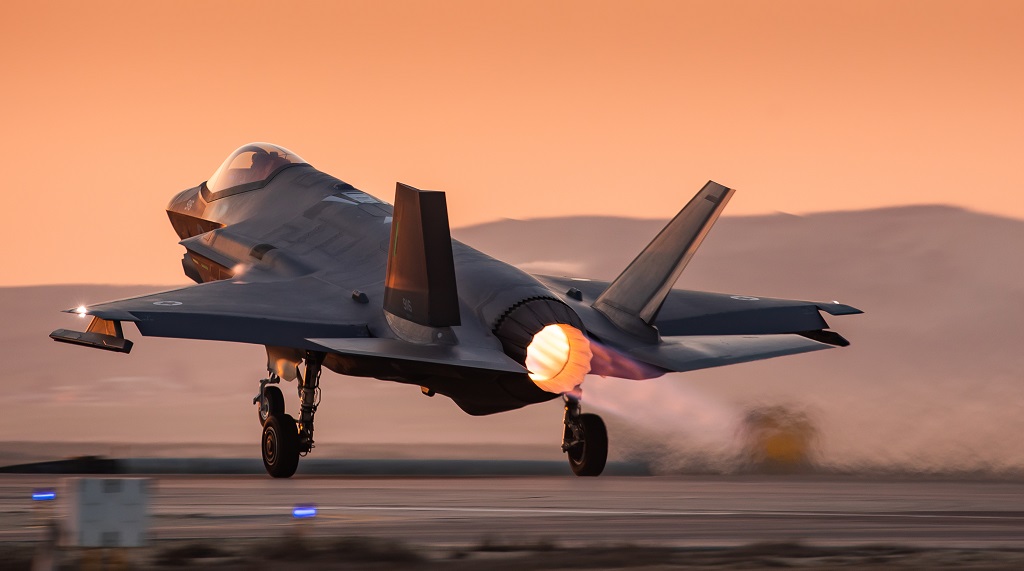My fantasy fleet would have been 3 x Squadrons of F35C and one of F35B.If Talisman Sabre is anything to go by than bare base operations are clearly very important.
Actually Australia’s previous wartime experience in this region is a pretty strong indicator of just how important forward bases are.
The Rhinos, Growlers and remaining classic hornets are all well suited to these sorts of operations. The F-35A … not so much.
If the final tranche but of 28 more F-35 goes ahead it could be worth looking at the C model. Particularly if it gives us in opportunity to work beside the US marines.
On one side of the ledger you do have the performance and cost advantages of the F-35A. On the other side you have an aircraft that can better operate out of rough airfields and give you that little bit of extra range. In fact it could give you a lot of extra range if you can deploy it further forward.
it could be worth considering even if you have to sacrifice a few airframes or find some more money.
But then that old reality of financing comes in and reality whacks you in the back of the head.
Oh well!
If their was one area I'd pursue it would be drop tanks for the existing F35A.
I get the stealth thing, but there would still be many scenario's they could be used.

Israel Continues Development Of New External Fuel Tanks For Its F-35I Adir Jets
A local newspaper reported that the development of external fuel tanks for the F-35 is still ongoing and will possibly be complete in two years. It is no
I understand Israel are seriously looking at this and for a country like OZ with great land and sea challenges, extra legs are a must.
Our existing tankers will be hard pressed to cater for all our needs, so adding KM's to the in service F35's make them increasingly independent of in flight refueling.
Tanks for the F 35 in " Beast Mode " and when ferrying from A to B come to mind.
As to funding and development!!!
Not sure how that one plays out.
Regards S
